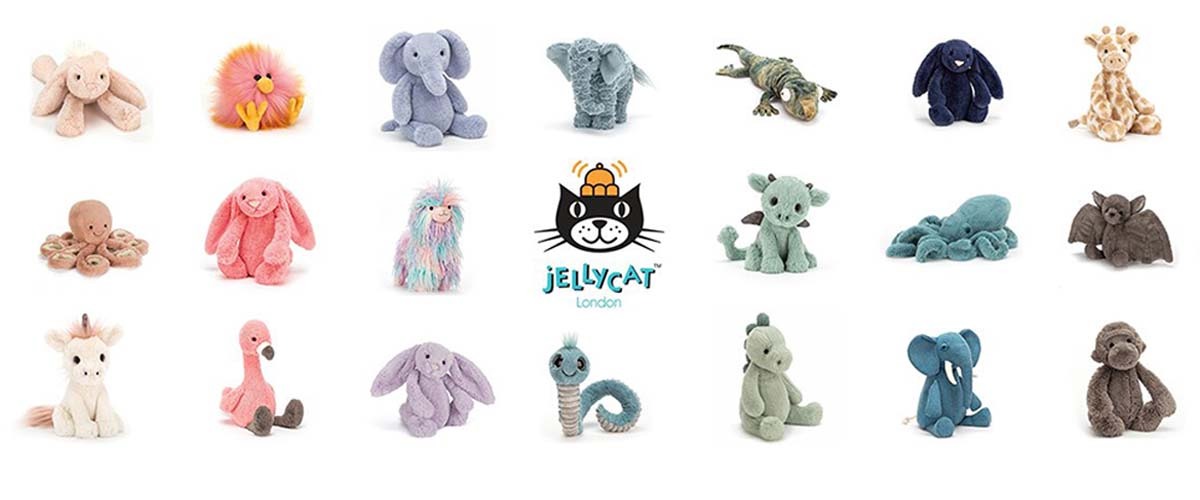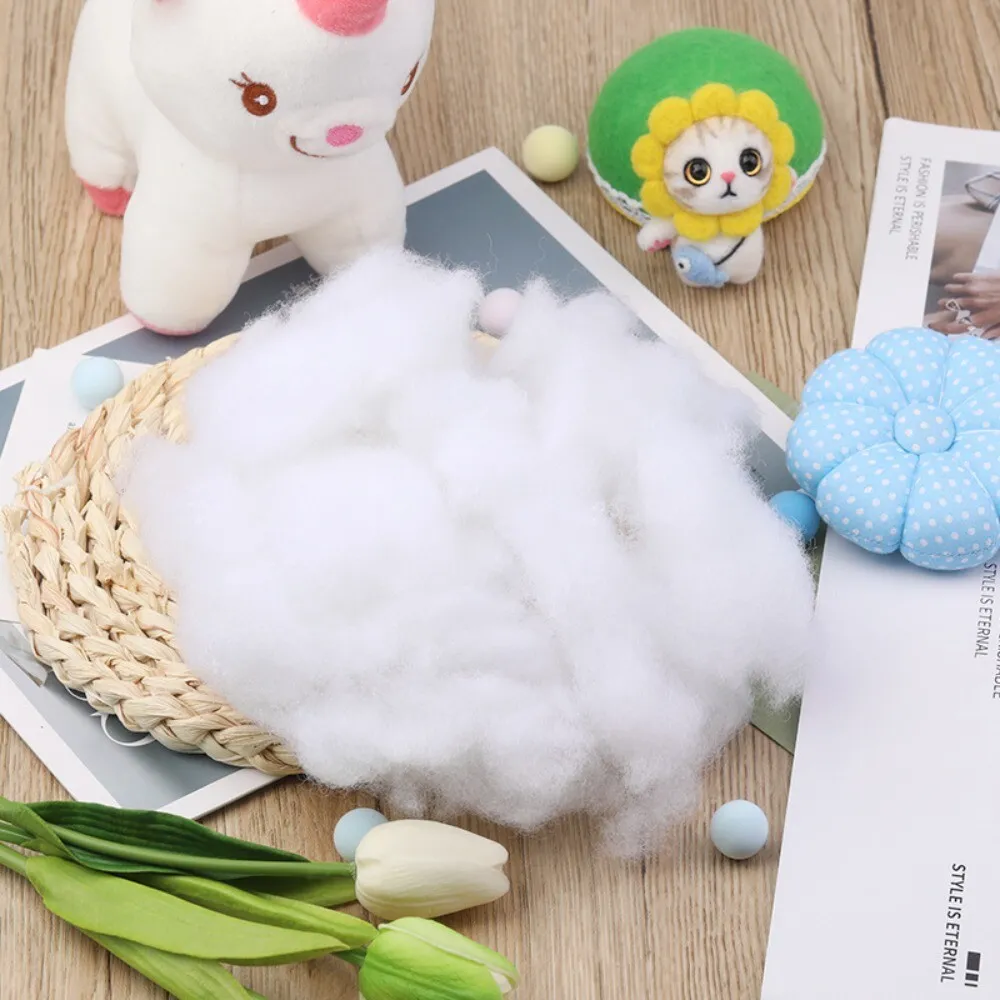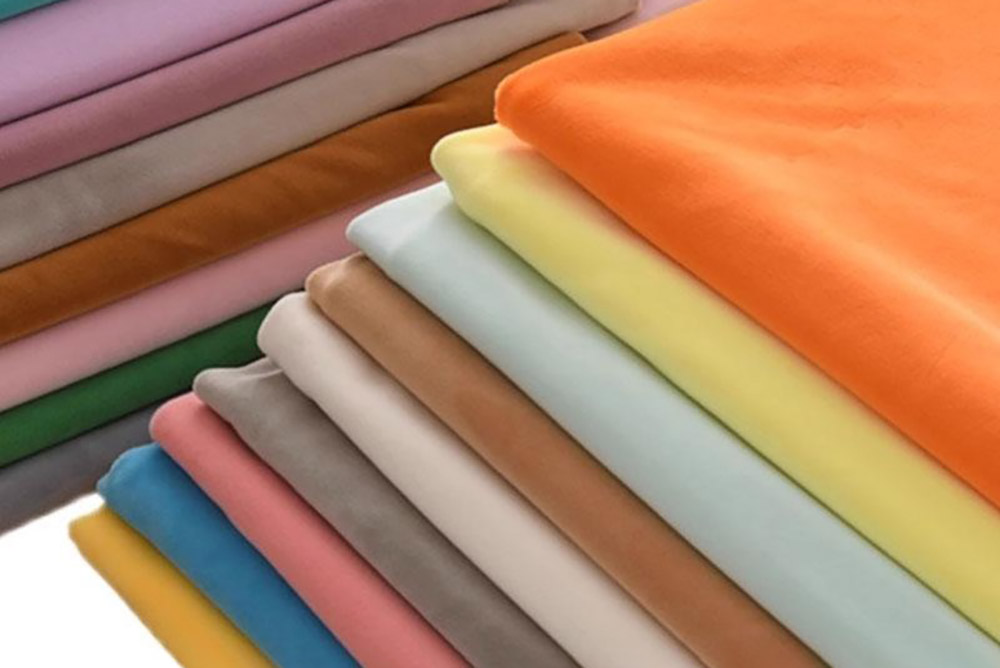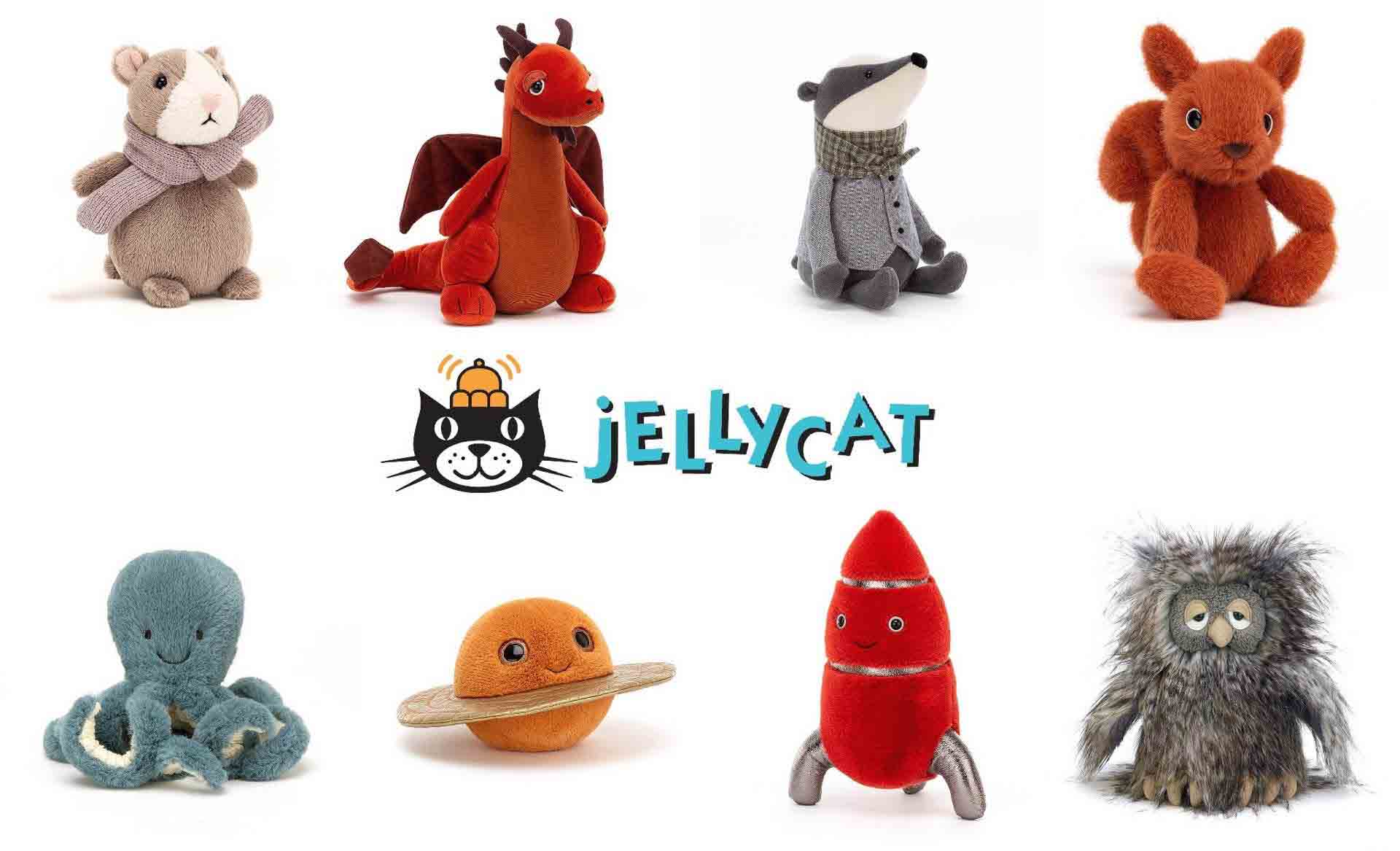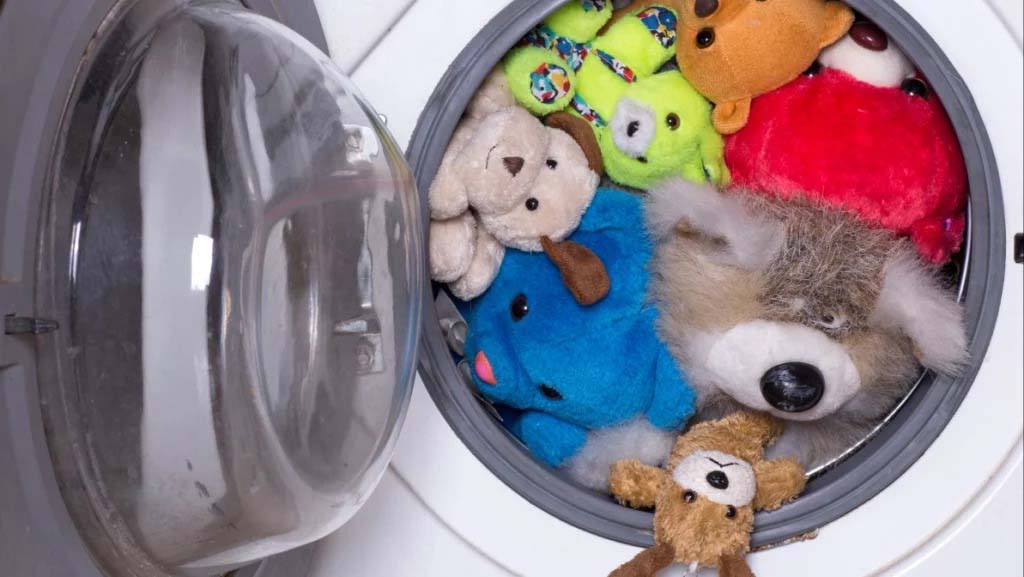Custom stuffed animal manufacturers transform creative concepts into safe, high-quality products. By combining design, prototyping, and global compliance, they deliver plush toys that meet market expectations.
A professional custom stuffed animal manufacturer offers end-to-end solutions, including design, OEM & ODM support, quality materials, and safety testing. These factories help brands develop unique plush toys, scale production efficiently, and ensure international compliance with CE, ASTM, or CPSIA standards. Working with the right partner saves time, reduces risks, and secures long-term growth.
To understand how the best factories operate, let’s explore the key capabilities that define a reliable manufacturer.
1) What Defines a Professional Custom Stuffed Animal Manufacturer?

A strong manufacturer is more than a sewing workshop.
Professional custom stuffed animal manufacturers provide design input, prototyping, safe material sourcing, quality control, and compliance testing. They combine technical expertise with industry experience to serve global buyers efficiently.
A professional factory starts by supporting buyers during the design stage. In-house R&D teams transform sketches, CAD files, or character references into prototypes. They refine proportions, adjust sewing lines, and recommend suitable fabrics. Buyers benefit from shorter sample lead times and better accuracy when moving from concept to reality.
Material sourcing defines reliability. Leading factories use certified fabrics such as polyester plush, organic cotton, or RPET. These are tested for safety, durability, and compliance. Reliable manufacturers never mix uncertified materials, as this can result in failed testing or rejected shipments.
Production is supported by multi-stage QC systems. Manufacturers check incoming fabrics and fillings (IQC), inspect during sewing and assembly (IPQC), conduct final inspections (FQC), and verify before shipment (OQC). This process ensures every plush toy meets export standards.
Finally, professionalism includes transparency. Buyers receive updates, photos, and QC reports during production. This reduces sourcing risks and builds trust.
| Defining Element | Description | Buyer Value |
| End-to-end services | From design to delivery | Streamlined sourcing process |
| Certified materials | Safe, eco-friendly fabrics | Meets global regulations |
| Strong QC system | Multi-stage inspection | Reduces risk of defects |
| Transparent communication | Reports and updates | Improves trust and efficiency |
With professionalism defined, the next step is to understand how OEM and ODM services shape production.
2) How Do OEM and ODM Services Shape Custom Plush Toy Production?

OEM and ODM define how manufacturers cooperate with buyers.
OEM services are based on client-provided designs and IP. ODM services provide ready-made designs that can be customized. Both models allow brands to expand product lines with flexibility.
In an OEM project, the buyer provides design files, branding, or even prototype samples. The factory follows these requirements to produce custom plush toys. This model is ideal for brands with established characters or mascots. It ensures exclusivity and brand consistency.
ODM offers another path. Manufacturers create their own design libraries of plush toys, which buyers can modify with different fabrics, sizes, or logos. This reduces development costs and speeds up market entry. ODM is popular for startups, retailers testing new lines, or promotional campaigns with short lead times.
Factories that offer both OEM and ODM demonstrate flexibility. They can support established brands seeking exclusivity while helping smaller businesses build collections quickly.
| Service Type | Buyer Provides | Factory Provides | Ideal For |
| OEM | Sketches, IP, or prototype samples | Development, prototyping, production | Established brands, IP owners |
| ODM | Preferences (color, size, logo) | Design library, modification options | Startups, fast retail |
Understanding OEM vs ODM allows buyers to match the right sourcing model with their business goals. The next focus is materials and techniques, which directly influence product appeal and safety.
3) What Materials and Techniques Are Commonly Used in Custom Stuffed Animal Manufacturing?

Materials and production techniques define the feel, durability, and appeal of plush toys.
Factories use plush fabrics such as short plush, velboa, faux fur, and minky. Eco-materials like organic cotton or RPET are increasingly popular. Techniques include embroidery, precision stitching, and digital cutting.
Fabric selection is the foundation. Short plush and velboa are widely used due to cost efficiency and durability, making them ideal for mass-market plush. Minky and faux fur add softness and luxury, popular in premium collections. For eco-conscious brands, organic cotton or RPET filling aligns with sustainability demands.
Stuffing is equally important. Polyester fiberfill remains the global standard, offering softness and washability. Weighted toys may include plastic beads, while eco-friendly brands may choose corn fiber or organic cotton filling.
Techniques bring design to life. Embroidery is the safest method for eyes and facial features, especially for baby toys. It avoids detachable parts that could pose risks. Heat transfer printing allows vivid colors and patterns. Precision stitching ensures durability, while digital cutting improves accuracy in mass production.
Advanced manufacturers invest in automated embroidery machines and digital fabric cutters. This ensures consistency across thousands of units, which reduces rejection rates and improves delivery speed.
| Material/Technique | Usage | Buyer Benefit |
| Short plush / velboa | Standard plush toys | Affordable, durable |
| Faux fur / minky | Premium, collectible plush | Luxurious, soft textures |
| Organic cotton / RPET | Eco-conscious plush toys | Supports sustainability branding |
| Embroidery | Eyes, logos, baby products | Increases safety and durability |
| Heat transfer printing | Patterns, brand customization | Adds unique market appeal |
Once materials and techniques are chosen, strict quality control ensures compliance with global standards.
4) How Do Manufacturers Ensure Quality Control and Compliance with Safety Standards?

Quality control protects both buyers and consumers.
Factories apply multi-stage inspections (IQC, IPQC, FQC, OQC), use needle detection, and perform compliance testing. Meeting EN71, ASTM, or CPSIA standards is mandatory for exports.
The QC process begins with incoming material checks (IQC). Fabrics and fillings are inspected for defects, certification, and colorfastness. During production, IPQC teams monitor stitching, embroidery, and assembly to ensure consistency.
Before shipment, FQC checks the finished plush for defects, while OQC confirms packaging, labeling, and export requirements. Needle detection machines scan all plush toys to prevent metal fragments, a critical step for children’s product safety.
Compliance is an equally critical layer. EN71 is required in Europe, ASTM F963 in the USA, and CPSIA applies to baby products. Factories must also ensure stuffing is hypoallergenic and fabrics are free of harmful chemicals. Eco-certifications like GRS or GOTS support sustainable market entry.
Buyers benefit when manufacturers provide compliance documentation upfront. This reduces the risk of shipment rejection, recalls, or legal penalties. Experienced factories also guide clients on labeling and packaging requirements for different regions.
| QC Step | Focus | Buyer Advantage |
| IQC (Incoming QC) | Material inspection | Prevents defects from the start |
| IPQC (In-Process QC) | Sewing, embroidery, assembly checks | Ensures consistency |
| FQC (Final QC) | Finished plush inspection | Detects defects before shipment |
| OQC (Outgoing QC) | Packaging, labeling, export checks | Guarantees compliance and readiness |
With QC and compliance secured, buyers must still evaluate key factors when choosing a factory partner.
5) What Factors Should Brands Consider When Selecting a Custom Plush Toy Manufacturer?

Choosing the right factory partner ensures long-term success.
Brands should evaluate manufacturer experience, certifications, MOQ flexibility, design support, and communication. The right partner reduces sourcing risks and strengthens competitiveness.
Experience is a primary indicator. Factories with over 10 years of export history understand regulations, packaging standards, and logistics. Certifications such as EN71, ASTM, and CPSIA are non-negotiable for global sales. Buyers targeting eco-conscious markets should also confirm eco-labels like GRS or GOTS.
MOQ flexibility supports different business stages. Some factories accept 300–500 units per style for trial runs, while larger projects may require 5,000–10,000 units. A scalable partner helps brands expand smoothly.
Design and R&D support also matter. In-house designers can refine sketches, suggest material adjustments, and accelerate sampling. Effective communication reduces misunderstandings and hidden costs. Regular updates during production build transparency and trust.
| Factor | Importance | Buyer Advantage |
| Industry experience | 10+ years in export markets | Navigates compliance easily |
| Certifications | EN71, ASTM, CPSIA, eco-labels | Secures global access |
| MOQ flexibility | Trial runs to large-scale orders | Supports scaling strategy |
| Design support | R&D and prototyping assistance | Faster development and approval |
| Clear communication | Updates and transparency | Reduces sourcing risks |
Even with the right factory, order conditions like lead time, MOQ, and pricing significantly affect project success.
6) How Do Lead Times, MOQs, and Pricing Structures Impact Custom Orders?

Order terms define buyer flexibility and profitability.
Lead times, MOQ policies, and pricing structures influence market entry, seasonal planning, and cost efficiency. Buyers must align expectations with manufacturer capabilities.
Lead times vary by project complexity. Standard plush toys often require 30–45 days after sample approval, while complex OEM designs can take 60–90 days. For seasonal or promotional orders, early planning is essential.
Minimum Order Quantities (MOQs) set entry barriers. Many factories require 500–1,000 units per style, but some accept smaller MOQs for startups. Higher MOQs lower per-unit costs, but smaller brands benefit from flexibility to test markets.
Pricing structures depend on fabric choice, size, design complexity, and certifications. Premium materials like organic cotton increase costs, while larger volumes reduce unit prices. Transparent manufacturers provide detailed cost breakdowns for materials, labor, packaging, and compliance testing.
Logistics also affect cost efficiency. Lightweight stuffing reduces freight charges, while bead-filled or weighted plush may increase costs. Buyers should discuss shipping terms such as FOB, CIF, or DDP to optimize expenses.
| Factor | Typical Range | Buyer Impact |
| Lead times | 30–90 days | Affects seasonal planning |
| MOQ | 500–1,000 units (varies by factory) | Influences entry and scalability |
| Pricing structure | Material + labor + certification costs | Defines margins and competitiveness |
Custom plush toy manufacturers play a vital role in helping brands balance creativity, safety, and scalability. Choosing the right partner ensures smooth development, certified compliance, and reliable delivery.
At Kinwin, we provide OEM & ODM services, eco-certified materials, and strict QC systems for global buyers. Contact Amanda at [[email protected]] or visit https://kinwintoys.com to start your custom plush project today.


